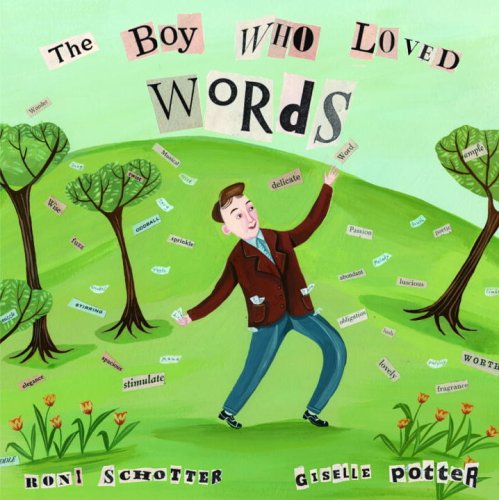Written by Mike Leonetti
Illustrated by Greg Banning
(North Winds Press, 2010)
If you’re Canadian, Tim Horton is a household name. Nowadays, the name immediately conjures up
images of sugary donuts, hot coffee and “Roll up the Rim” cups, but many of us
still know the popular food chain took its name from its co-founder, a hockey
legend who played twenty-two seasons in the NHL, most with the Toronto Maple
Leafs. It’s a no-brainer that (Canadian)
kids will eagerly give The Mighty Tim
Horton a read even if its standard word count exceeds that of current
picture books.
The story is told from the point of view of Trevor, a boy
who struggles to define his role on the ice.
Bigger than his peers, he throws his body around, resulting in too much
time in the penalty box and on the bench.
His coach gives Trevor an ominous message: “If you keep this up, there might not be room
for you on the team.” While Trevor wants
to change his game, he doesn’t know how.
Then one day he goes out with his father to try to raise
money for the team by selling Christmas cards.
It proves to be a tough day as few buyers shell out money in the Toronto
neighborhoods. They try one final street
before heading home. (It always comes
down to one final try, doesn’t it?) Trevor
knocks on a door and, sure enough, Tim Horton opens the door. Good ol’ Tim buys the final box of cards, but
the excited boy tells his hockey hero of his struggles on the ice.
Tim takes the time to offer four tips to becoming a better
defenseman (e.g., “get the puck out of your end as quickly as possible”). With specifics to focus on, Trevor has no
time to waste throwing his body around as an agitator. Tim’s improvement parallels the Leafs’
successful Stanley Cup run.
Greg Banning’s
illustrations are exceptional, combining the look of photographic
realism with a nostalgic tip to Norman Rockwell. The facial expressions are vivid, but highly
sanitized...sort of like a Brady Bunch depiction of family crises. Even when Tim Horton checks a player into the
boards, it comes off as an aw-shucks-move-aside maneuver. Gosh, were hockey players of yesteryear
perfect gentlemen? Maybe playing without
helmets led players to hold back a bit on aggressive play.
I have always found sports stories to be a challenge in
hooking the reader. Reading play-by-play
descriptions does not match the excitement that comes from playing or watching
a game. That’s why it often fails when
we think the way to excite an athlete about reading is to have him read stories
that feature his favorite sport. Mike
Leonetti’s story does build, but the portrayal of the action in games comes off
like a dry rundown of highlights. There
is little in the way of crowd reactions, no imagined dialog and not much
suspense. We know Tim (and Trevor) will
succeed.
 While I think the book is worth a read, I am concerned how
Horton is idolized. “Nobody ever got past
him along the boards” is an unnecessary overstatement. Moreover, the end page, entitled “About Tim
Horton” fails to fully disclose the circumstances regarding Horton’s death. All that is said is, “He died in 1974 as a
result of injuries suffered in a car accident.”
I have always felt a connection to Horton, probably more due to his
donut legacy, due to the fact the first Tim Hortons opened in my hometown the
year I was born. However, I remember the
image of Horton’s wrecked car splashed across the front page of The Hamilton Spectator and my father
taking the opportunity to comment about the tragic loss, a life ended too soon,
the result of driving recklessly at 100 miles per hour. Later I learned that alcohol played a part in
the accident.
While I think the book is worth a read, I am concerned how
Horton is idolized. “Nobody ever got past
him along the boards” is an unnecessary overstatement. Moreover, the end page, entitled “About Tim
Horton” fails to fully disclose the circumstances regarding Horton’s death. All that is said is, “He died in 1974 as a
result of injuries suffered in a car accident.”
I have always felt a connection to Horton, probably more due to his
donut legacy, due to the fact the first Tim Hortons opened in my hometown the
year I was born. However, I remember the
image of Horton’s wrecked car splashed across the front page of The Hamilton Spectator and my father
taking the opportunity to comment about the tragic loss, a life ended too soon,
the result of driving recklessly at 100 miles per hour. Later I learned that alcohol played a part in
the accident.
When we portray sports stars idealistically and cast them as
heroes, they become as unreachable as Greek gods. Tim Horton was human. While there are lessons to learn from his
life on ice, there are also important conversations to be had over his tragic
death. Kids deserve the whole truth.


